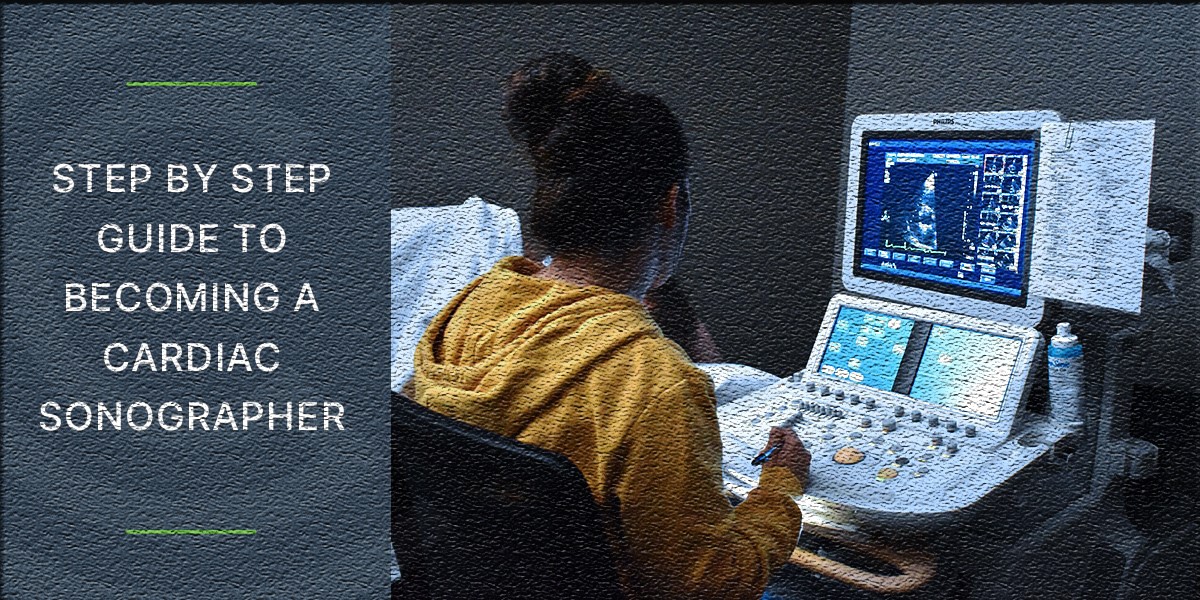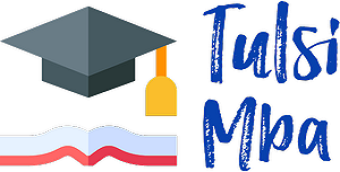Introduction
20 Steps to Becoming a Certified Cardiac Sonographer in the US; If you are passionate about healthcare and enjoy working with patients, becoming a cardiac sonographer can be a fulfilling career path. A cardiac sonographer is a medical professional who uses ultrasound technology to produce images of the heart and surrounding structures to assist cardiologists in diagnosing and treating patients with heart conditions. To become a certified cardiac sonographer in the USA, you will need to follow these ten steps.

Step 1. Obtain a high school diploma or equivalent
The first step towards becoming a cardiac sonographer is to obtain a high school diploma or equivalent. Most cardiac sonography programs require applicants to have a high school diploma or a GED certificate. While in high school, it is recommended that you take courses in science, math, and anatomy to build a foundation for your future studies.
Step 2. Complete a cardiac sonography program
To become a cardiac sonographer, you will need to complete a cardiac sonography program accredited by the Commission on Accreditation of Allied Health Education Programs (CAAHEP) or the Joint Review Committee on Education in Diagnostic Medical Sonography (JRC-DMS). These programs typically take two years to complete and include coursework in ultrasound physics, anatomy, physiology, and patient care.
Step 3. Obtain clinical experience
Clinical experience is an essential component of cardiac sonography education. Many cardiac sonography programs include clinical rotations that allow students to gain hands-on experience in a healthcare setting. During these rotations, students work with patients and learn how to operate ultrasound equipment under the supervision of a registered cardiac sonographer.
Step 4. Pass the national certification exam
After completing a cardiac sonography program, you will need to pass the national certification exam administered by the American Registry for Diagnostic Medical Sonography (ARDMS) or Cardiovascular Credentialing International (CCI). The exam consists of multiple-choice questions and assesses your knowledge and skills in cardiac sonography.
Step 5. Obtain state licensure
In some states, cardiac sonographers are required to obtain a license to practice. State licensure requirements vary, so it is important to check the requirements in your state. Some states require cardiac sonographers to pass a state-specific exam or meet specific educational and clinical experience requirements.
Step 6. Maintain certification
To maintain your certification as a cardiac sonographer, you will need to complete continuing education credits. ARDMS and CCI require certified cardiac sonographers to complete a certain number of continuing education credits every two years to keep their certification active.
Step 7. Consider obtaining additional certifications
There are several additional certifications that cardiac sonographers can obtain to demonstrate their expertise in specific areas. For example, the Registered Cardiac Sonographer (RCS) credential is offered by ARDMS and demonstrates advanced knowledge and skills in adult echocardiography. The Registered Congenital Cardiac Sonographer (RCCS) credential demonstrates expertise in pediatric and congenital heart disease.
Step 8. Join a professional organization
Joining a professional organization can provide you with access to networking opportunities, continuing education resources, and job postings. The Society of Diagnostic Medical Sonography (SDMS) and the American Society of Echocardiography (ASE) are two professional organizations for cardiac sonographers.
Step 9. Gain experience in specialized areas
Cardiac sonographers may have the opportunity to specialize in specific areas such as fetal echocardiography, transesophageal echocardiography, or stress echocardiography. Gaining experience in specialized areas can open up new job opportunities and demonstrate your expertise to potential employers.
Step 10. Pursue advanced education
Cardiac sonographers who are interested in advancing their careers may consider pursuing additional education. A bachelor’s or master’s degree in healthcare administration, healthcare management, or business can prepare cardiac sonographers for leadership roles in healthcare organizations.20 Steps to Becoming a Certified Cardiac Sonographer in the US
Step 11:
Obtain a High School Diploma or GED The first step to becoming a certified cardiac sonographer is to obtain a high school diploma or GED. A high school diploma or GED is the minimum educational requirement for most sonography programs.
Step 12:
Complete a Diagnostic Medical Sonography Program The next step is to complete a diagnostic medical sonography program that is accredited by the Commission on Accreditation of Allied Health These programs typically take 2-4 years to complete and include classroom and clinical training.
Step 13:
Choose a Specialty in Cardiac Sonography During your diagnostic medical sonography program, you will have the opportunity to choose a specialty in cardiac sonography. This will include additional coursework and clinical training specifically focused on imaging the heart and surrounding areas.
Step 14:
Obtain Clinical Experience After completing your diagnostic medical sonography program, you will need to obtain clinical experience in cardiac sonography. Most employers prefer candidates who have at least 1-2 years of experience in the field.
Step 15:
Apply for Certification Once you have completed your clinical experience, you can apply for certification through the American Registry for Diagnostic Medical Sonography (ARDMS) or Cardiovascular Credentialing International (CCI). Certification is not required to work as a cardiac sonographer, but it can improve job prospects and salary potential. More
Step 16:
Pass the Sonography Principles and Instrumentation (SPI) Exam Before you can take the specialty exam in cardiac sonography, you must first pass the Sonography Principles and Instrumentation (SPI) exam. This exam covers the basic principles and physics of ultrasound imaging.
Step 17:
Pass the Cardiac Sonography Specialty Exam After passing the SPI exam, you can then take the Cardiac Sonography Specialty Exam through either the ARDMS or CCI. This exam tests your knowledge and skills in imaging the heart and surrounding areas.
Step 18:
Maintain Certification Once you have obtained certification, you must maintain it by completing continuing education credits and renewing your certification every few years. This ensures that you stay up-to-date on the latest technology and techniques in cardiac sonography.
Step 19:
Consider Advanced Certification If you want to further advance your career in cardiac sonography, you may want to consider obtaining advanced certification in a specialty such as pediatric or fetal echocardiography. This requires additional coursework and clinical training.
Step 20:
Seek Employment After obtaining certification and gaining clinical experience, you can start seeking employment as a cardiac sonographer. The demand for healthcare professionals in this field is high, and job prospects are expected to continue growing in the coming years.
Conclusion – 20 Steps to Becoming a Certified Cardiac Sonographer in the USA
In conclusion, becoming a certified cardiac sonographer in the USA requires a combination of education, clinical experience, and certification. By following these 20 steps, you can start a fulfilling career in cardiac sonography and help make a difference in the lives of patients with cardiac conditions.
If you are interested in pursuing a career as a cardiac sonographer in the United States, you will need to complete the necessary education and certification requirements. A cardiac sonographer uses ultrasound technology to produce images of the heart and surrounding areas to help diagnose and treat various cardiac conditions. Next Post





